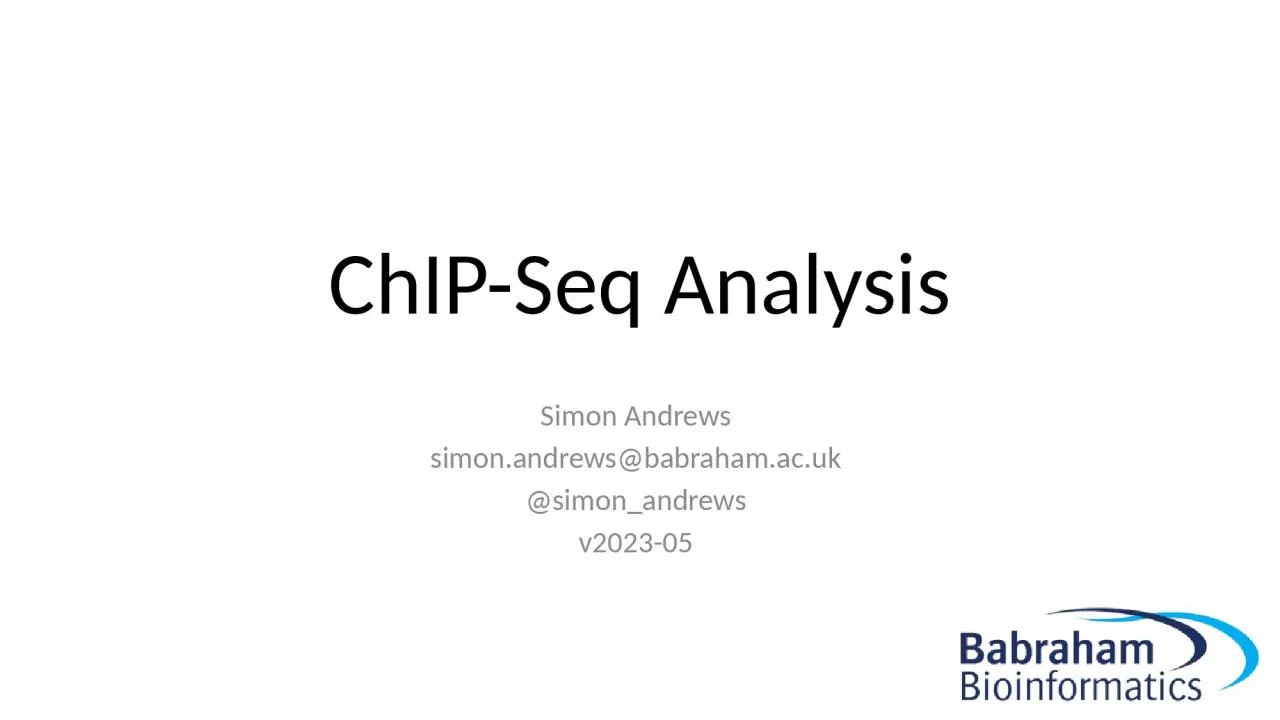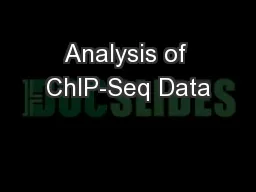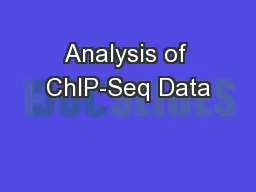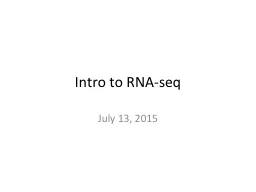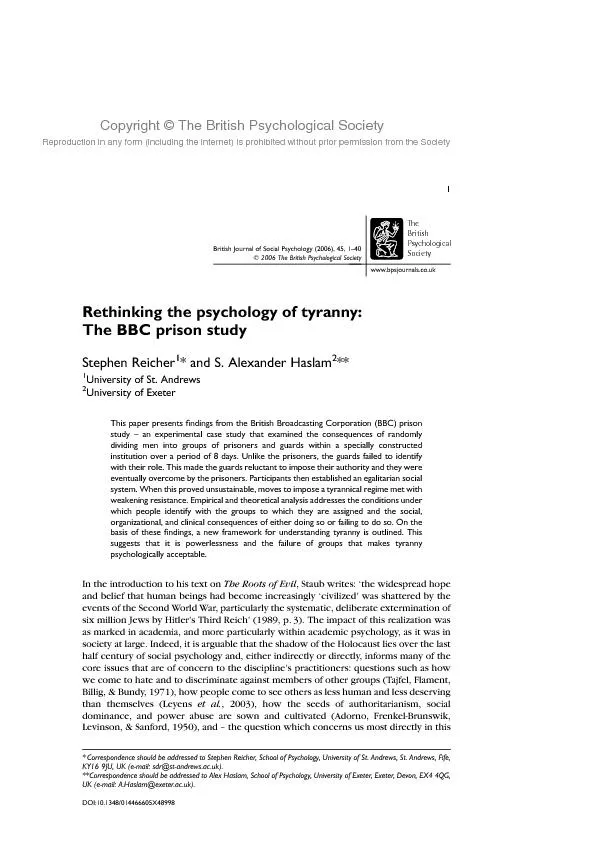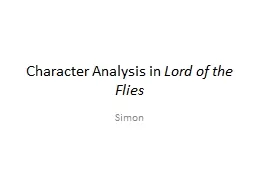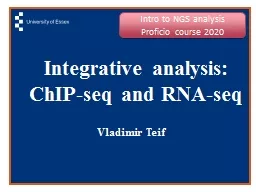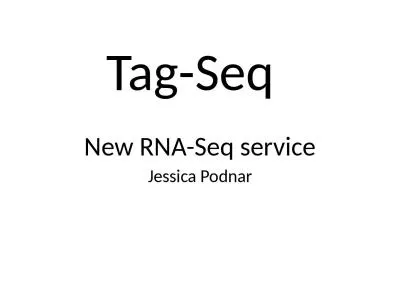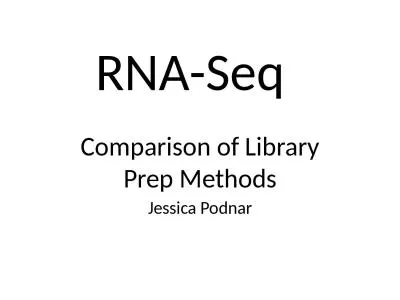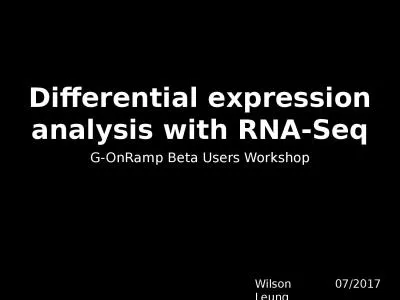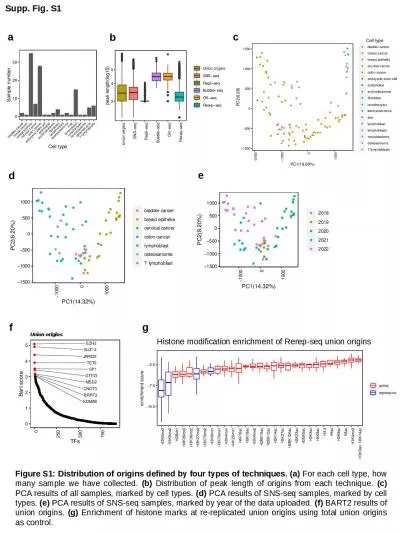PPT-ChIP-Seq Analysis Simon Andrews
Author : Daredevil | Published Date : 2022-07-28
simonandrewsbabrahamacuk simonandrews v202202 What this course covers The theory of ChIPSeq ChIPSeq library properties Sequencing Data processing and QC Data visualisation
Presentation Embed Code
Download Presentation
Download Presentation The PPT/PDF document "ChIP-Seq Analysis Simon Andrews" is the property of its rightful owner. Permission is granted to download and print the materials on this website for personal, non-commercial use only, and to display it on your personal computer provided you do not modify the materials and that you retain all copyright notices contained in the materials. By downloading content from our website, you accept the terms of this agreement.
ChIP-Seq Analysis Simon Andrews: Transcript
Download Rules Of Document
"ChIP-Seq Analysis Simon Andrews"The content belongs to its owner. You may download and print it for personal use, without modification, and keep all copyright notices. By downloading, you agree to these terms.
Related Documents

